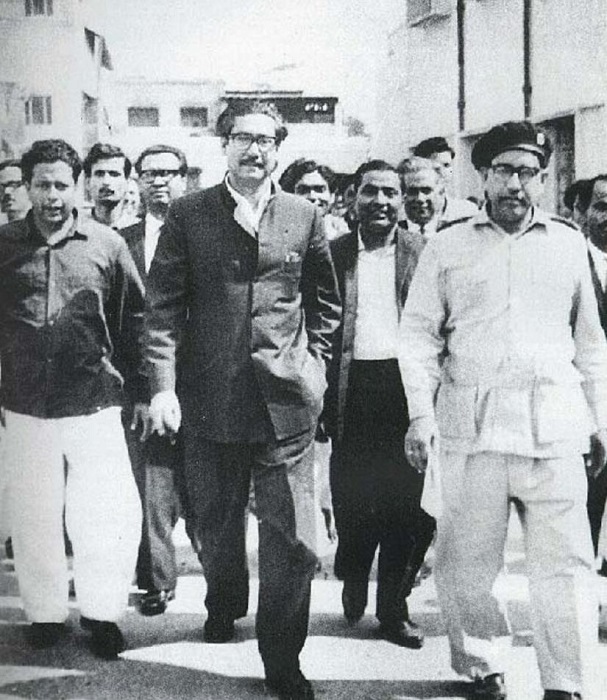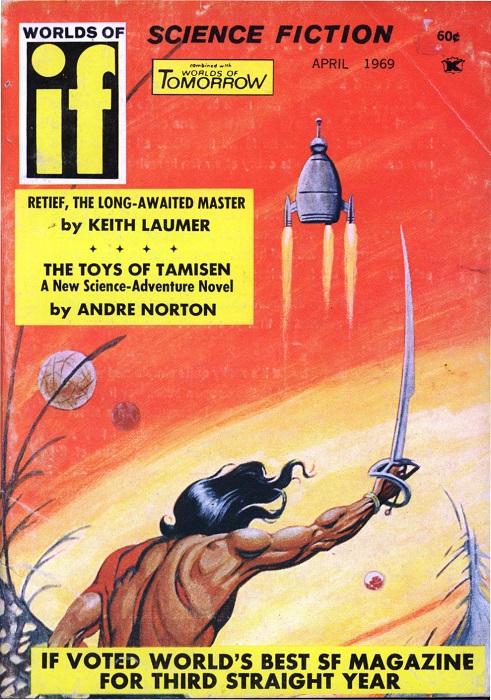
by David Levinson
A simmering conflict
There’s trouble brewing in the east. The border between the Soviet Union and China has long been a point of contention, going back over 100 years when the Czars imposed a border treaty on a weakened imperial China. All the socialist brotherhood in the world wasn’t enough to fix the problem in the post-War years (admittedly, the Nationalist government complicated things), and things haven’t gotten better since the Sino-Soviet split.
An agreement was almost reached 1964, but some impolitic comments by Mao got out and prompted Khrushchev to block the deal. Sino-Soviet relations got very tense during the Soviet invasion of Czechoslovakia last summer, and the Chinese have been poking at the border, seemingly trying to get the Soviets to overreact.
The chief hot spot has been a small island in the Ussuri river claimed by both sides. Called Chenpao by the Chinese and Damansky by the Russians, it’s only 0.29 square miles; that’s a little over 185 acres or 17.5 American football fields. On March 2nd, a Chinese force surprised (or ambushed, depending on who you ask) a Soviet force on the island. After fierce fighting, both sides declared victory and withdrew. On the 15th, the Chinese shelled the island, pushing the Soviets back, but the afternoon saw a Soviet counterattack with tanks and mechanized infantry, which drove the Chinese off the island. The next day, the Soviets returned to recover their dead, which the Chinese allowed, but when they tried to recover a disabled T-62 tank (one of their newer models) the day after that, they were driven off by Chinese artillery. On the 21st, the Soviets sent a demolition team to destroy the tank, but the Chinese drove them back and recovered the tank themselves.
 A map showing the location of Chenpao/Damansky Island
A map showing the location of Chenpao/Damansky Island
China is reportedly ignoring diplomatic overtures by the Soviets, and the situation remains tense. There are signs that China is preparing for a potential invasion by the Soviets, but the U.S.S.R. seems less inclined to escalate. It’s easy enough to want to sit back and watch a couple of powers hostile to the West fight, but both sides have the Bomb, and even a limited nuclear exchange could have severe consequences for the northern hemisphere.
 Chinese soldiers pose with their captured Russian tank
Chinese soldiers pose with their captured Russian tank
Confronting the past
Though set in the future, most of the stories in this month’s IF have characters dealing with the events of the past. Or even experiencing them. But first a word about the art.
 The cover illustrates Groovyland and is credited as courtesy of Three Lions, Inc., but see below
The cover illustrates Groovyland and is credited as courtesy of Three Lions, Inc., but see below
Continue reading [April 6, 1969] The Weight of History (May 1969 IF)

![[April 6, 1969] The Weight of History (May 1969 <i>IF</i>)](https://galacticjourney.org/wp-content/uploads/2024/03/IF-1969-04-Cover-500x372.jpg)
![[March 2, 1969] Dreams and reality (April 1969 <i>IF</i>)](https://galacticjourney.org/wp-content/uploads/2024/02/IF-1969-04-Cover-491x372.jpg)
 Ayub Khan greets LBJ in Karachi in 1967.
Ayub Khan greets LBJ in Karachi in 1967. Sheikh Mujib (center) emerges from prison.
Sheikh Mujib (center) emerges from prison. Like I said, swords and spaceships. Art by Adkins
Like I said, swords and spaceships. Art by Adkins